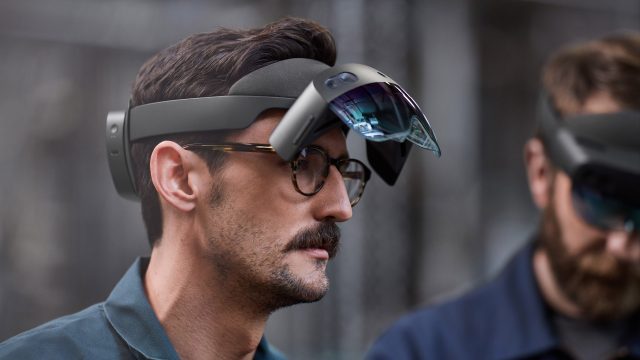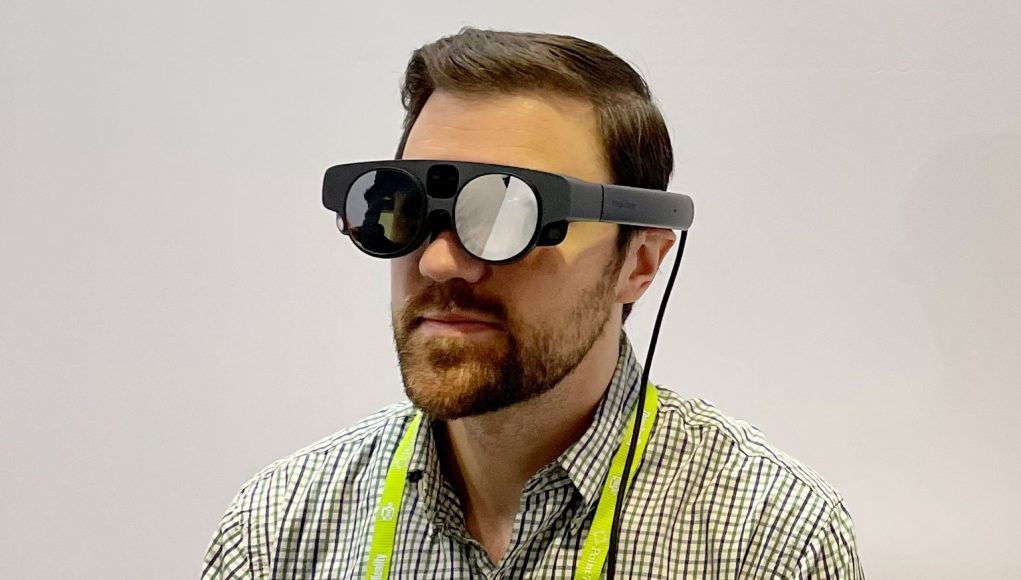Different Strokes for Different Folks Enterprise Use-cases

If you put ML2 next to ML1, you see a clear improvement from the first headset to the second, almost across the board. And while I’d say that ML2 is notably more immersive than HoloLens 2, it’s important to remember that these are enterprise products for which immersion may not be the most important factor—the individual use-case will have great sway over which is ‘best’ for the job.
What’s fundamentally at stake between ML2 and HoloLens 2 is the same as it was between ML1 and HoloLens 2. The key is in each headset’s architecture.
HoloLens 2 is fully self-contained and has a ‘visor-style’ design which leaves you with nearly full real-world peripheral vision and a convenient ‘flip-up’ display for stowing the AR view when you don’t need it.

Magic Leap 2 on the other hand has a ‘goggles-style’ design which significantly reduces your real-world peripheral vision, and has a tethered compute ‘puck’ which means first putting on the headset and then slinging the puck over your arm or attaching it to your pocket (and doing the reverse when you don’t need it).
 If you think about the enterprise sectors that Magic Leap is gunning for—healthcare, manufacturing, and government—it’s clear to see that ML2’s consumer-centric heritage has left HoloLens 2 with some key advantages in the enterprise space.
If you think about the enterprise sectors that Magic Leap is gunning for—healthcare, manufacturing, and government—it’s clear to see that ML2’s consumer-centric heritage has left HoloLens 2 with some key advantages in the enterprise space.
That’s not to say that Magic Leap 2 isn’t a good enterprise headset. I’m sure there are use-cases where having the largest field-of-view and most immersion will be the overriding factor in choosing which to use. I’m just saying I don’t think anyone should be counting HoloLens 2 out just yet.







